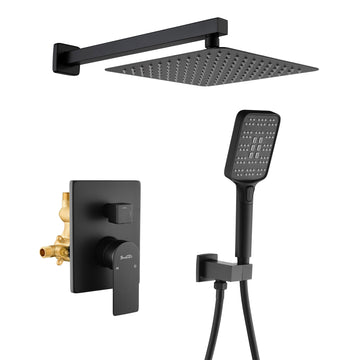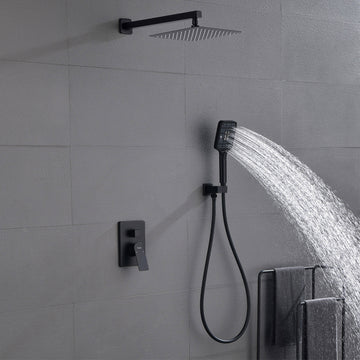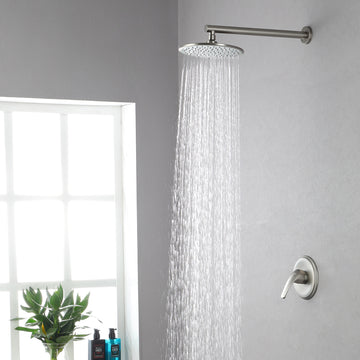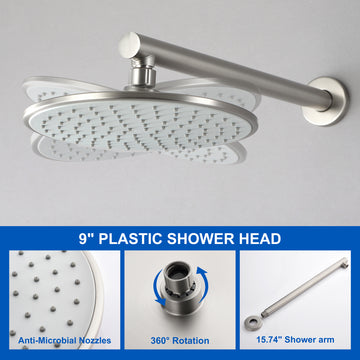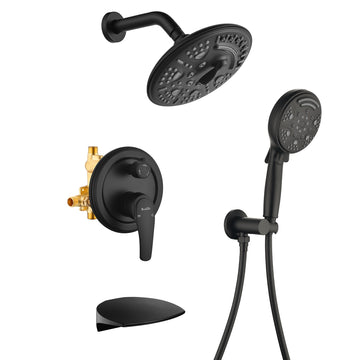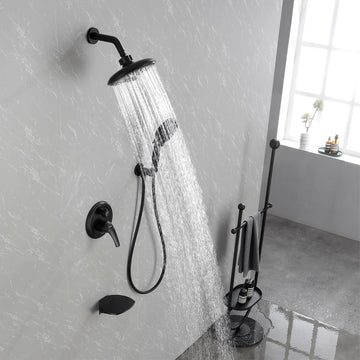Extend Your Shower Valve Core: A Simple DIY Fix for Short Faucet Connections
Are you struggling with a shower hose or tub faucet that’s just too short? Whether you’re dealing with awkward positioning, a poorly designed fixture, or just want extra flexibility, a short connection can be frustrating. Luckily, there’s an easy and affordable solution: extending the valve core of your shower or tub faucet.
We’ll walk you through why this problem occurs, how a valve core extension can help, and step-by-step instructions to install it yourself. Plus, don’t miss the video tutorial at the end for a visual guide!
Why Do Faucet Connections Fall Short?
Sometimes, the distance between the water outlet and the shower hose (or tub spout) is longer than expected due to:
* Thick tiles or walls
* Non-standard fixture designs
* Installation errors
* Older plumbing systems
When the hose doesn’t screw on completely, it can lead to leaks, reduced water pressure, or even damage to the threads. That’s where a valve core extension comes in.
What Is a Valve Core Extension?
A valve core extension is a small metal or brass adapter that adds length to the existing threaded valve stem. It’s designed to bridge the gap between the water outlet and the hose, ensuring a secure, leak-free connection. These extensions are inexpensive, widely available at hardware stores or online, and come in various sizes to fit different fixtures.
How to Install a Valve Core Extension (DIY Guide)
Tools You’ll Need:
* Adjustable wrench
* Plumber’s tape (Teflon tape)
* Valve core extension (match the thread size and type of your faucet)
* Towel or rag
Steps:
- 1. Turn Off the Water Supply
Locate the water shut-off valves for your shower or tub and turn them clockwise to stop the flow of water. - 2. Remove the Existing Hose or Spout
Use an adjustable wrench to gently unscrew the shower hose or tub spout from the valve. Place a towel over the fixture to avoid scratching it. - 3.Check Threads and Clean
Inspect the threads on the valve and the hose for damage. Clean any debris or old tape residue. - 4. Apply Plumber’s Tape
Wrap plumber’s tape clockwise around the threads of the valve stem. This ensures a tight seal and prevents leaks. - 5. Screw on the Extension
Hand-tighten the valve core extension onto the existing valve stem. Use the wrench to give it a slight extra turn—but don’t over-tighten! - 6. Reattach the Hose or Spout
Screw the shower hose or tub spout onto the extension. Again, use the wrench to secure it gently. - 7. Test for Leaks
Turn the water supply back on and run water through the fixture. Check for leaks around the connection. If needed, tighten slightly or reapply tape.
To make things even clearer, let’s look at how the SHAMANDA shower valve extension kit is installed:
- Unscrew the decorative cap by hand.
- Use a wrench to remove the retaining ring.
- Take out the cartridge.
- Unscrew the brass sleeve.
- Remove and clean the built-in check valve.
- Insert the extension brass sleeve and press firmly into place.
- Stack the cartridge extender accessories.
- Tighten the brass sleeve extender.
- Use a wrench to secure the retaining ring.
- Hand-tighten the decorative cap.
- Screw in the diverter with a screwdriver.
For visual learners, here’s a helpful video demonstrating the installation:
Final Tips
* Always double-check the thread size (e.g., M8, M10, G1/2) before purchasing an extension.
* If you’re unsure about the installation, consult a professional plumber.
* Regular maintenance can prevent future issues—inspect connections annually.
Best Sellers
-
Matt Black
-
Brushed Nickel
-
Brushed Gold
-
Matt Black
-
Brushed Nickel
-
Brushed Gold
-
Matte Black
-
Brushed Nickel
-
Brushed Gold
-
Matte Black
-
Brushed Nickel
-
Brushed Gold
-
Brushed Gold
-
Brushed Nickel
-
Matte Black
-
Brushed Gold
-
Brushed Nickel
-
Matte Black
-
Matte Black
-
Brushed Gold
-
Polish Chrome
-
Brushed Nickel
-
Matte Black
-
Brushed Gold
-
Polish Chrome
-
Brushed Nickel
-
Brushed Gold
-
Brushed Nickel
-
Matte Black
-
Brushed Gold
-
Brushed Nickel
-
Matte Black
-
Matte Black
-
Brushed Nickel
-
Brushed Gold
-
Matte Black
-
Brushed Nickel
-
Brushed Gold
-
Matte Black
-
Brushed Gold
-
Brushed Nickel
-
Matte Black
-
Brushed Gold
-
Brushed Nickel



















